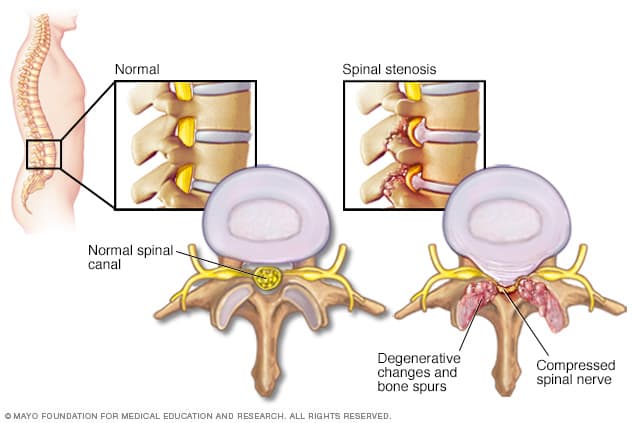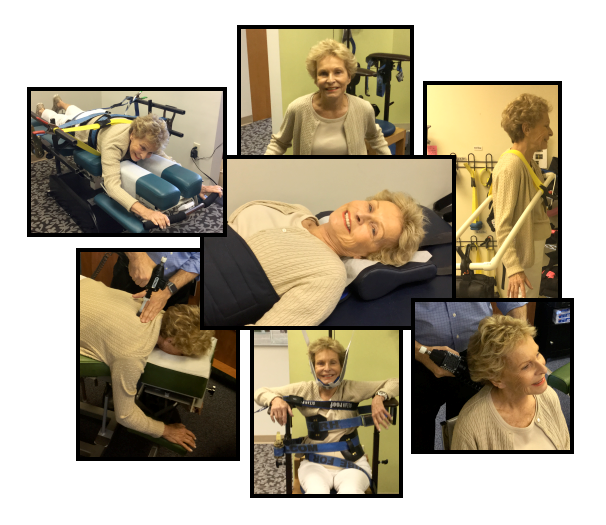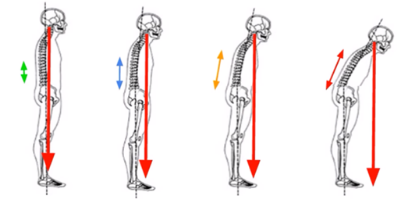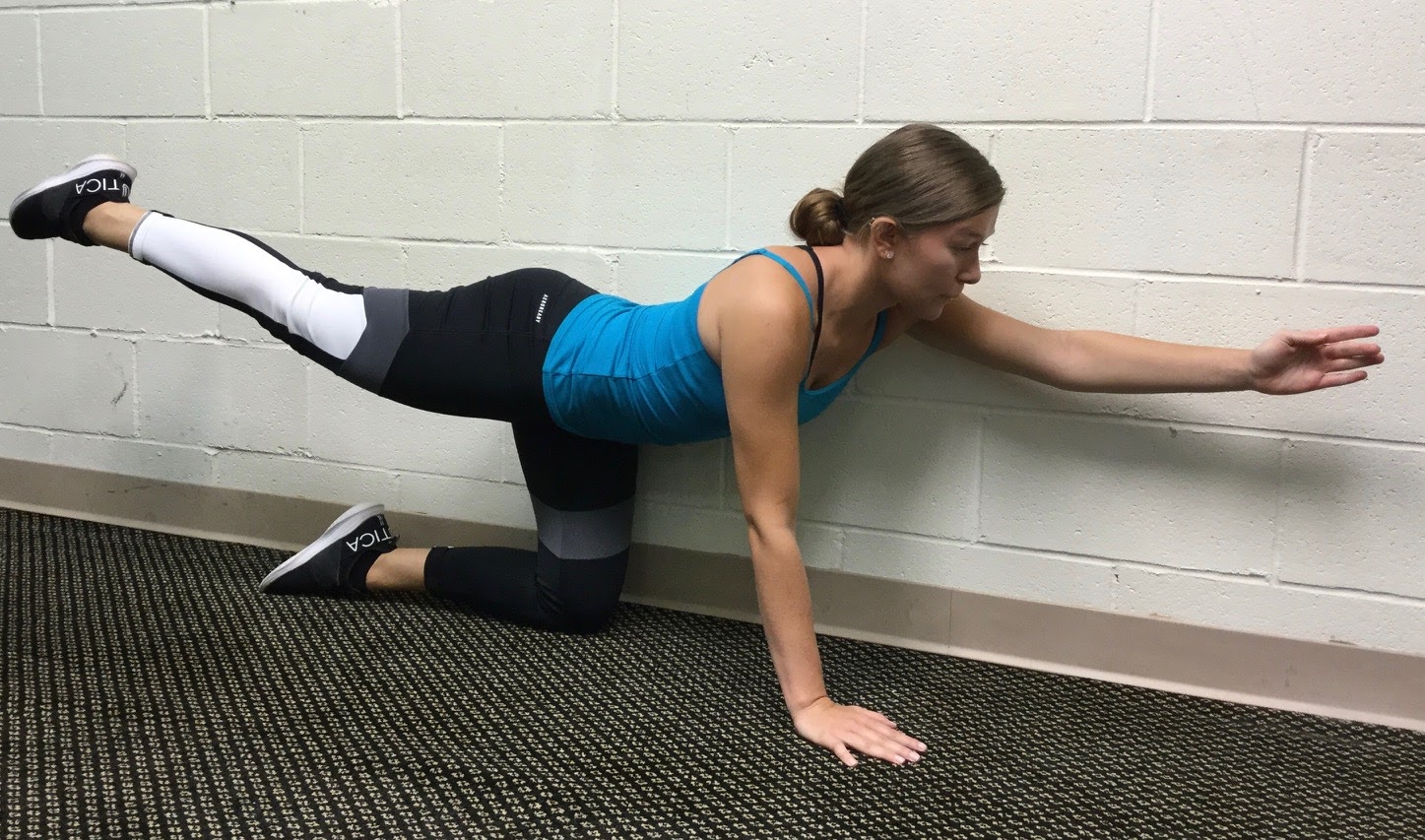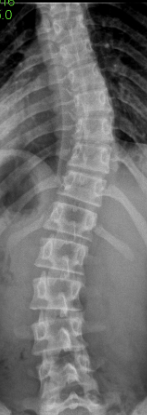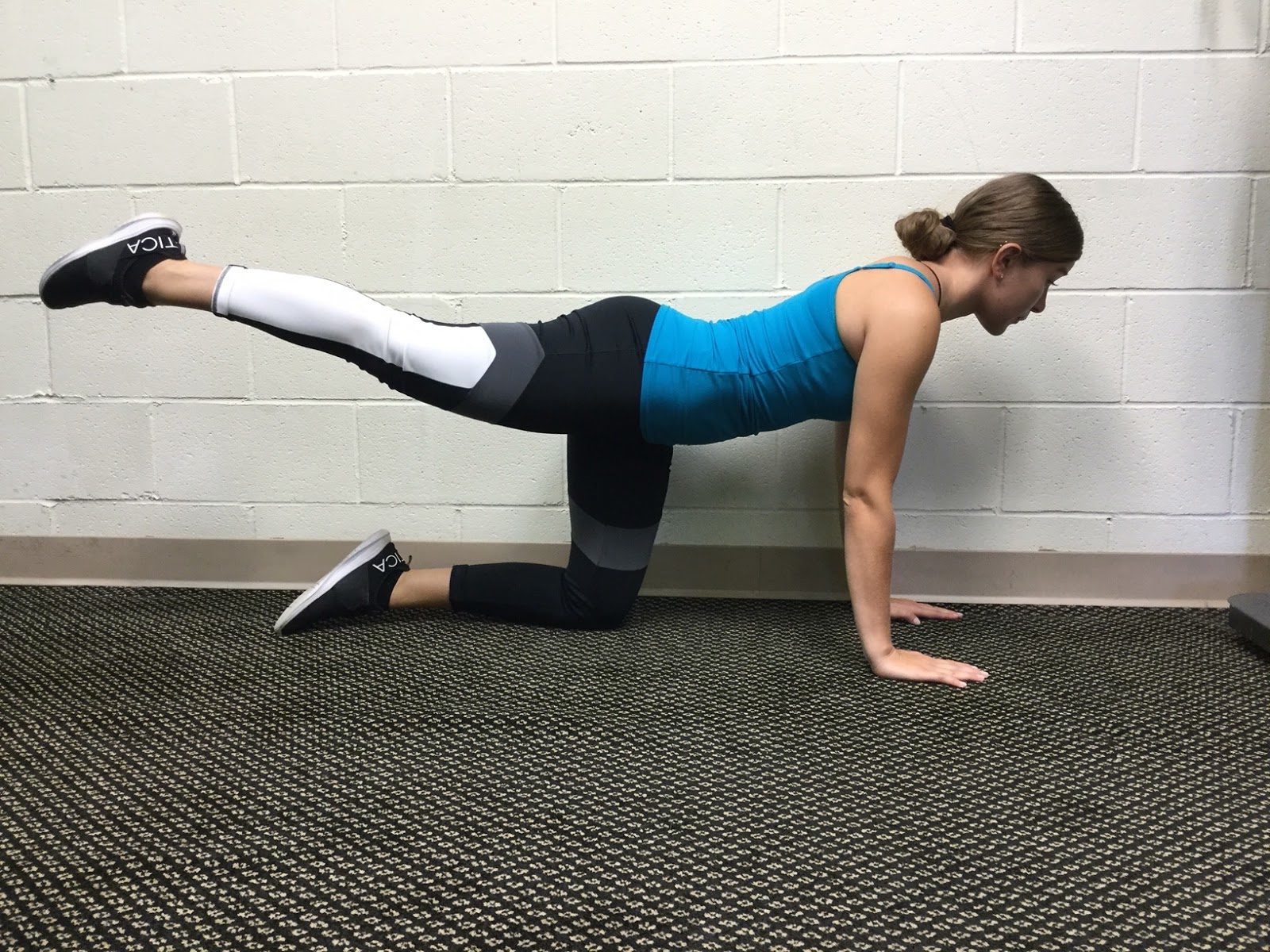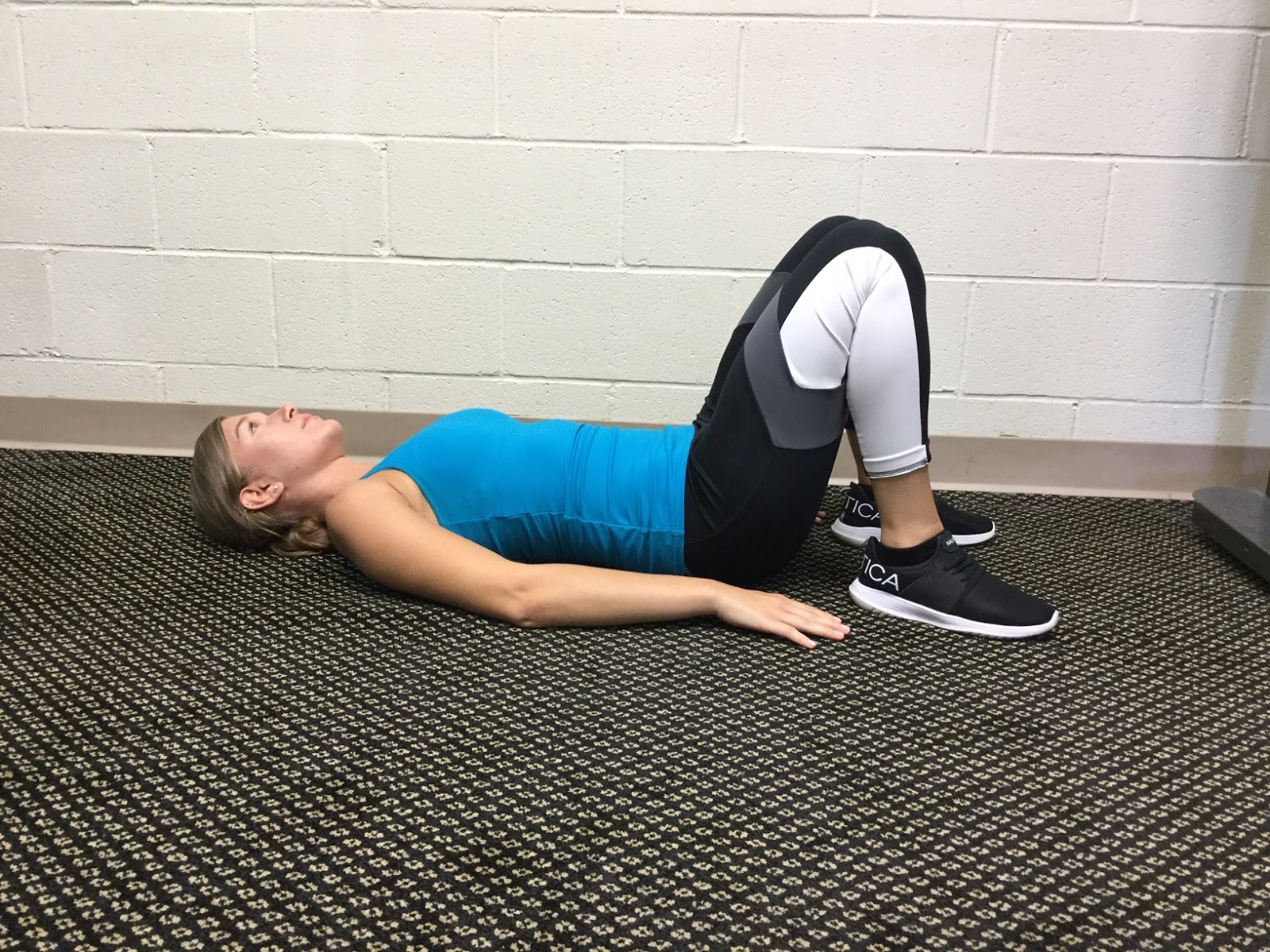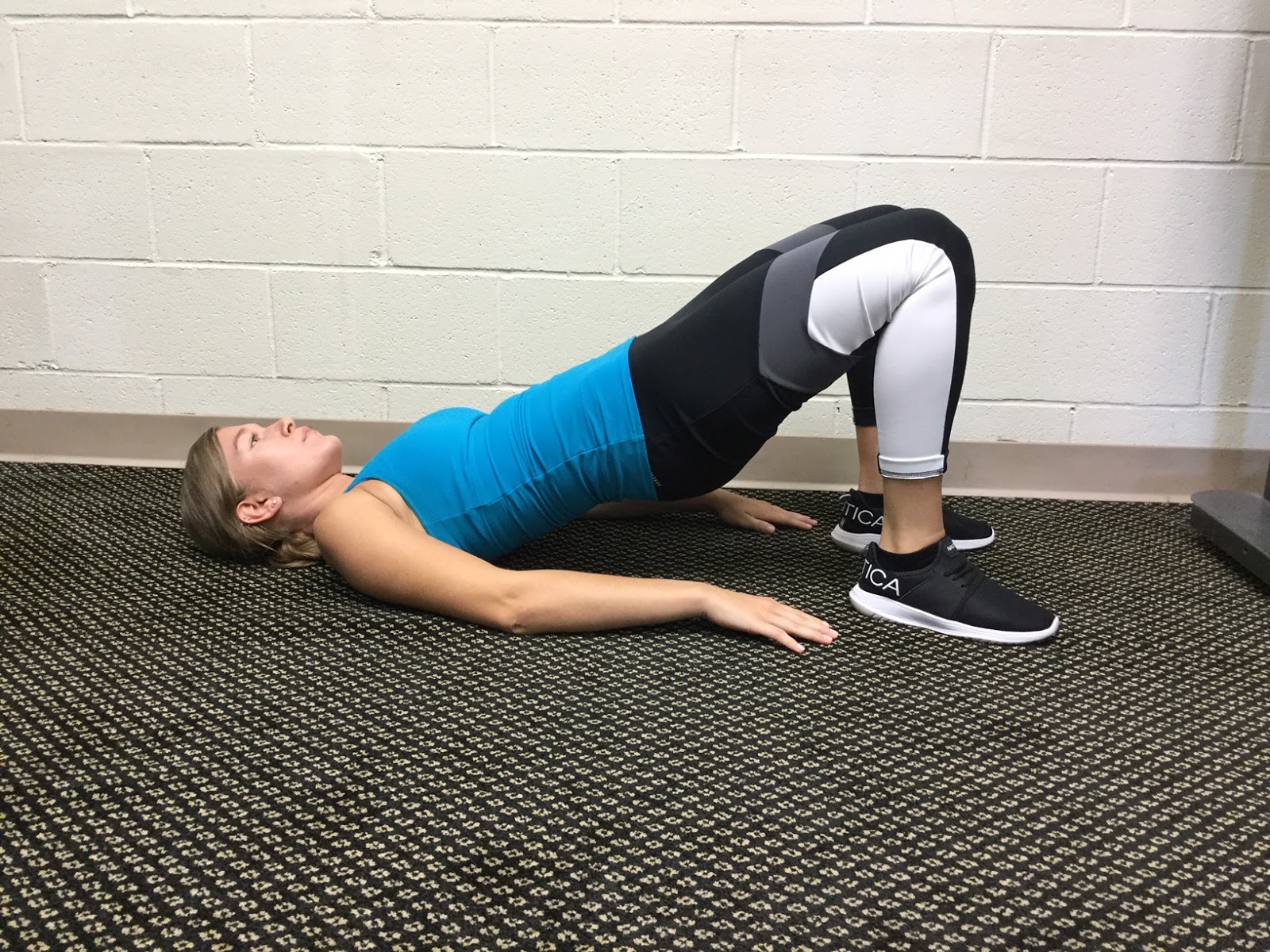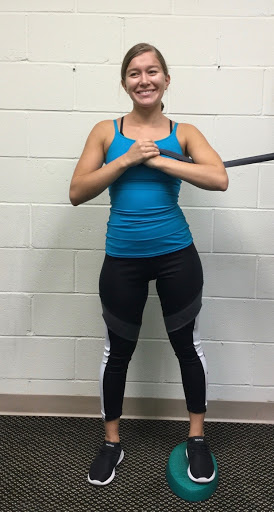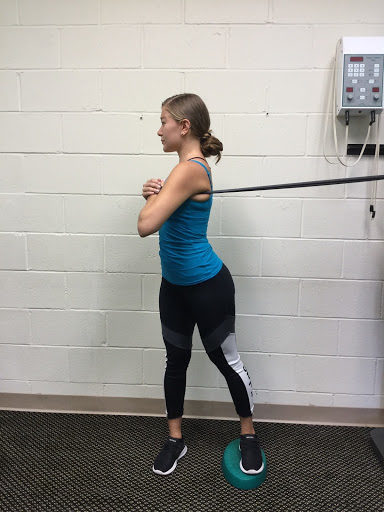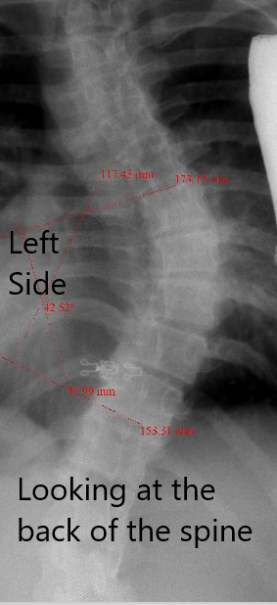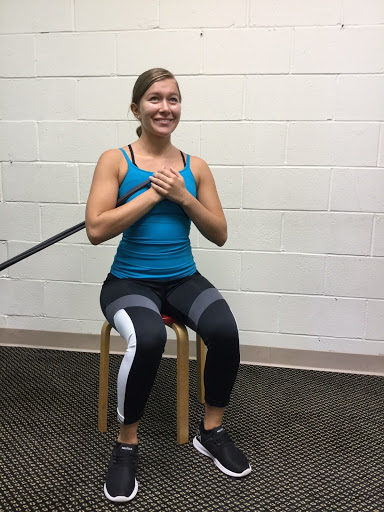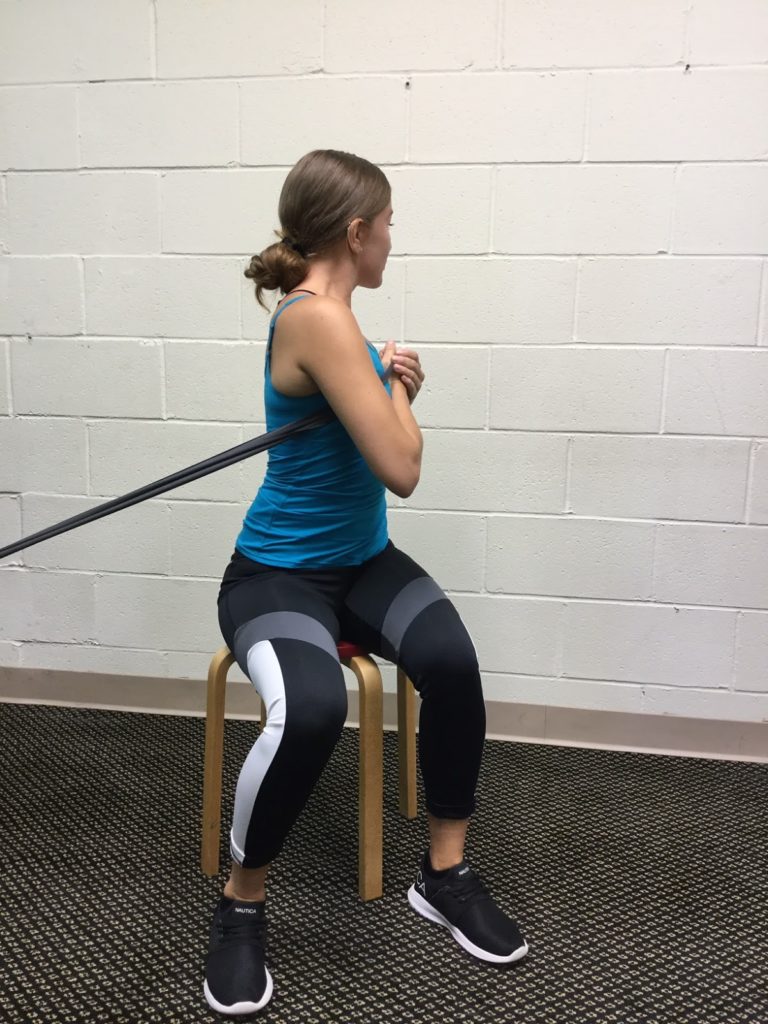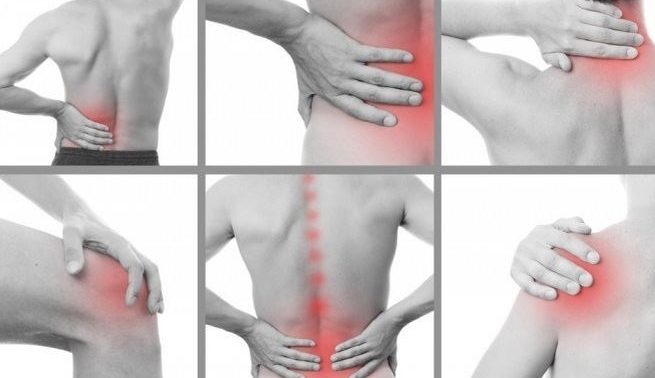
If you’ve found this page, chances are you or a loved one are experiencing scoliosis pain. You’ve come to the right place. I have over 30 years of experience treating scoliosis and over the years have helped thousands of patients alleviate their scoliosis pain.
In this article, I’ll explain
- Why scoliosis causes pain
- The most common types of scoliosis pain
- Popular methods for treating scoliosis related pain
- Strauss Scoliosis Correction’s unique approach to treating pain.
- 3 exercises you can try today to start alleviating pain.
What causes scoliosis pain?
Scoliosis pain is common. While it’s rare in children, it becomes increasingly common as people age. In fact, research shows that about 55% of adolescents with scoliosis experience intermittent back pain and up to 92% of adults with scoliosis suffer from pain severe enough that they seek treatment.
If you haven’t already, I recommend you take a quick look at our overview, what is scoliosis. Understanding the basics of scoliosis (idiopathic vs degenerative and mild vs severe) will make it easier to understand how scoliosis causes pain.
Scoliosis pain can occur due to a variety of reasons. In cases of idiopathic scoliosis, people often have underlying (non-scoliosis) spinal conditions that become worse due to scoliosis. In some cases, these underlying conditions would have developed anyway, but are only painful when combined with scoliosis. In other cases, severe scoliosis causes the underlying condition by putting stress and pressure on various parts of the body.
Whatever the situation might be, the treatment will depend on the underlying spinal condition and how it affects the patient’s posture.
Conditions that cause pain when combined with scoliosis include:
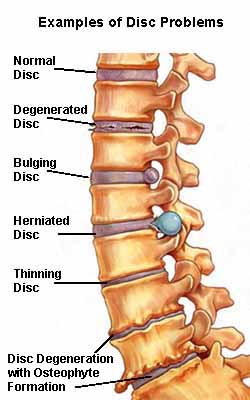
- Disc degeneration in the upper (cervical), middle (thoracic), or lower (lumbar) spine; also known as spondylosis
- Disc bulges or disc herniations
- Ligament looseness (laxity) in the spinal and pelvic joints; also known as laterolisthesis
- Inflammation of the sacroiliac joints that link the pelvis and lower spine
- Dislocation of the spinal joints or even fractures of the spine
- Fractures of the spine
- Postural strain
Additionally, if a person chooses to undergo scoliosis surgery, there is a high likelihood of experiencing some sort of post-surgical pain. Short term discomfort is typical during recovery, but more severe and chronic pain can occur if there are complications.
As mentioned, the treatment will depend on the specific underlying condition, which is why it is so important to seek a professional diagnosis and custom treatment plan for the patient’s unique circumstances.
What types of pain does scoliosis cause?
Pain is one of the most common symptoms of scoliosis and can appear in multiple areas of the body. The pain areas are the head, neck (cervical), shoulders, upper back (thoracic), lower back (lumbar), hips, and sciatic nerves. It’s important to recognize how symptoms appear in the body to better understand how to treat it.
- Head and neck (cervical) pain: Patients often report chronic headaches, which are usually due to tension in the neck muscles. Forward head posture, which is common with scoliosis can cause muscle tension and spinal misalignment in the neck. This can then trigger pain in the base of the neck or skull and a variety of associated headaches, such as migraines, cluster headaches, and the tension-type headache.
- Shoulder pain: The ligaments and muscles in the shoulders are often impacted by scoliosis. Patients most often note scoliosis-related shoulder pain on the side of their body that the spine curves away from. This is because the body naturally tries to pull the spine back into place. Over time, a person may experience pain on both sides as the other shoulder aches from bearing excess weight.
- Upper back (thoracic) pain: Many adults with scoliosis develop a hunched posture (referred to as “kyphosis”) which is the main cause of their pain. Significant osteoporosis has also been identified in scientific literature as closely linked with adult scoliosis. If the osteoporosis is severe, it can even lead to fractures and associated dislocations of the spine.
- Lower back (lumbar) pain: Lower back pain is one of the biggest complaints from adult and adolescent scoliosis patients, even those with milder scoliosis. Older adults with scoliosis tend to have more significant degenerative disc disease, which damages the ligaments that hold the spine in place, leading to more intense lower-back pain.
- Hip pain: People with scoliosis sometimes notice that they have one hip that appears higher or sticks out more than the other. This is often more noticeable than the actual scoliosis curvature in the spine. This imbalance can lead to hip pain and discomfort after walking or standing for long periods of time.
- Sciatic nerve pain: This type of pain is caused by misalignment of the spine combined with early degenerative joint disease (arthritis), and can lead to leg pain. These two conditions cause a narrowing of the joints of the spine that the nerves pass through. This narrowing is referred to as spinal stenosis.
Spinal stenosis often causes pain in scoliosis patients.
The narrowing of the space within the spine puts pressure on the nerves, which can lead to sciatica, pain, numbness, or tingling running from the buttocks and down the backs of the legs. This condition occurs more frequently in older patients with more severe curves.- Post-surgical Pain. Those who choose to undergo spine surgery, whether in the form of spinal fusion vertebral body tethering or osteotomy, have a high likelihood of experiencing some sort of post-surgical pain. Short term discomfort is typical during recovery, but more severe, and long term, pain can occur if there are complications. Yes, there are severe complications like rod breakage, but these are rare. Rarely surgeons will perform an osteotomy to shorten or lengthen the leg of a patient with a severe leg length discrepancy. It can take months to recover from osteotomy and walk normally.
Read more about scoliosis surgery >- Fractures of the spine like spondylolisthesis are seen in any age patient. Fractures due to severe osteoporosis are only found in cases of adult scoliosis. The two main causes are stress fractures in the vertebra or degeneration of the facet joints. Stress fractures can be brought on by repeated trauma (high impact sports) or can be caused by an isolated incident (an accident or fall). Osteoporosis is commonly found in patients with scoliosis.
Scoliosis Pain Relief
As a patient or caregiver, it’s important to be aware of typical treatments for pain management. General practice pediatricians, orthopedists, and physical therapists often attempt to treat pain with options that act more like a band-aid than a permanent solution. The most common treatments are:
- Pain medication: Doctors frequently prescribe NSAIDs (Non-steroidal anti-inflammatory drugs) like aspirin or ibuprofen. While these may lead to temporary relief, there can be serious health problems associated with their long-term use, such stomach ulcers, kidney failure and even stroke. Doctors also frequently prescribe stronger painkillers, and in these cases, addiction is of serious concern.
- Epidural: Pain management doctors will sometimes recommend a steroid injection in the form of an epidural. While the epidural may improve pain, the effect is only temporary, and doctors will not perform more than three epidurals on a single patient. Additionally, it’s important to know that these steroids are considered a very toxic medicine and, if used in excess, can cause significant bone loss. Common side effects are anxiety and restlessness.
- Massage: A full- or localized-body massage by a licensed practitioner can be a wonderful way to help relax muscles. While this is an excellent supplement to a full scoliosis treatment program, massage by itself offers only temporary relief.
- Physical therapy: Standard physical therapies like ultrasound, electrical stimulation, and heat have not been shown to address the underlying structural issues of scoliosis.
- Standard chiropractic care: While standard chiropractic care, such as spinal adjustments, can be highly effective for many spinal problems, it has not been shown to be effective as specialized, stand-alone treatment for scoliosis (read more about our approach below).
- Scoliosis Surgery: Those who choose to undergo spine surgery have a high likelihood of experiencing some sort of chronic back pain after scoliosis surgery.
Many patients have experienced the above mentioned treatments only to find that they address only the symptoms and not the cause of scoliosis pain. This approach might be helpful in the short-term but will only lead to temporary pain reduction at best.
Effective treatments must address the true root of the patient’s scoliosis pain. This can only be done by addressing the underlying spinal condition and how it is interacting with the patient’s posture.
The Strauss Method: An Innovative Approach to Scoliosis Pain Relief
When choosing a treatment for scoliosis pain, it’s important to choose one that focuses on correcting both the underlying spinal condition and the abnormal posture that aggravates it.
At Strauss Scoliosis Correction, I create customized home-based care programs that pinpoint and treat a patient’s underlying cause of pain. We provide patients with a variety of treatment options, including easy-to-perform exercises that strengthen ligaments and muscles, help to reduce nerve inflammation, and address how the brain and body affect scoliosis, rather than focusing on just the spine itself.
Other methods that I use to effectively reduce or eliminate pain include:
- Exercises: I take the time to design pain relief scoliosis exercises and stretches that address a patient’s specific area of concern. This helps to promote strength and flexibility while also reducing pain, spasms, and inflammation.
- Spinal Decompression: Both lower back decompression and neck decompression may be used to gently stretch the compressed spine. Decompression increases blood flow and nutrients to the spine, which reduce pain and inflammation and promote healing
- Custom-designed scoliosis back braces: The use of a 3D custom-designed back brace is used in approximately 30% of my scoliosis cases. In cases of scoliosis pain in adults, this modern brace can be a remarkably effective addition to the treatment program, eliminating pain and improving posture.
At Strauss Scoliosis Correction, I consider the root cause of a patient’s pain, including the underlying conditions and scoliosis symptoms, to create one-of-kind care that is unique to each individual. Scoliosis can be challenging but you can find long-lasting pain relief that fits your life.
Learn more about the Strauss Method >
Sample scoliosis exercises for pain
Many people write to me asking for exercises that they can do immediately at home to address their pain. I am usually hesitant to provide these because effective treatment requires professional diagnosis and a customized treatment plan. There is simply no one-size-fits-all approach to treating scoliosis pain.
With all of that said, I have outlined three common exercises that I use with my patients in the treatment of scoliosis pain. These will give you a sense for the types of exercises that you will be prescribed should you become a patient.
It’s very important that these exercises be done in a way that is consistent with the shape and direction of the scoliosis curve and underlying spinal condition. If you have any uncertainty at all about your specific condition and the mapping of these exercises, DO NOT use these exercises. Contact us or another scoliosis expert to guide you.
Scoliosis pain and trigger points
The most common type of pain in adults with scoliosis is due to their posture shifting forward. This change in balance causes development of painful nodules called trigger points to form along the back. These trigger points are very responsive to the specific exercises shown below.
Pain commonly centers around trigger points To treat the pain of this forward shifted posture, you must both release the trigger points along the mid to lower back muscle attachment points as well as strengthen the back muscles to lift the posture.
Trigger Points from scoliosis occur over the top of the back of the pelvis and extend up to the middle back. They feel like areas of tense “knots” in these muscles. They are always painful to deep pressure and in sensitive people, even a light touch can provoke strong pain. Often trigger points can send pain radiating from the back to the flanks, abdomen, buttocks or groin.
CAUTION: We only discuss two of the more common scoliosis patterns. If you are not absolutely certain that your spine matches one of these patterns, DO NOT use these exercises and instead seek out a scoliosis expert to guide you. You can contact us anytime for a free assessment.
Exercise 1: Bird Dog Extension Exercise
The bird dog extension exercise This exercise releases trigger points in the back while derotating the scoliosis to provide pain control and curve stabilization.
This exercise has been modified for both thoracic and lumbar scoliosis.
A typical ‘S’ shaped curve from the back (left to right) The following exercise is for the typical pattern of an “S” shaped curve with the upper or thoracic curve to the right along with the typical lower or lumbar curve.
Note: If your curve differs in any way from the typical “S” shaped curve , the exercise may need to be modified. Most people with scoliosis will benefit from this exercise, but if the curve is opposite the typical, avoid this pattern of the bird dog as it will aggravate your condition.
This exercise is performed on a firm surface such as a carpeted floor or a yoga mat. Start on your hands and knees with your hands directly under your shoulders and knees directly under your hips.
- Keep head aligned with spine (to help avoid tilting head, look at floor)
- Keep buttocks and abdomen tight. Do not arch the back
- Lift the left arm up and forward until it is level with torso. Simultaneously lift the right leg in the same manner. Extend your body as far as possible, reaching your arm forward and your foot backward to stretch your spine.
- Keep arm, spine, and opposite leg aligned as if they are forming a tabletop
- Only perform this exercise as instructed, do not perform on the opposite side.
- Remember to breathe
Do 10 repetitions each side while holding for 5 seconds, twice daily
Variation for improved balance
Variation for improved balance This exercise can also be performed in a modified version for people with balance issues, and/or poor upper body strength in order to work the lower back. Perform this exercise on a firm surface such as a carpeted floor or a yoga mat.
- First get on your hands and knees with your hands directly under your shoulders and knees directly under your hips. Keep a flat back, do not arch your back.
- Next hold your abdomen and buttocks tight.
- Then lift your left leg straight out so your body is perfectly aligned. Keep your arm, spine, and leg aligned as if they are forming a tabletop (your leg and shoulders should be in a straight line with no arch in your lower back).
- Your leg should be extended as far as possible giving your spine a stretch.
- Hold this position for five seconds. Then relax, and repeat on the right side.
- Remember to breathe.
Do 10 repetitions each side while holding for 5 seconds, twice daily.
Exercise 2: Bridge
- Lie on your back with your knees bent. Keep your back in a neutral position, not arched and not pressed into the floor. Avoid tilting your hips. Tighten your abdominal muscles
- Raise your hips off the floor until your hips are aligned with your knees and shoulders. Hold for 10 seconds
- Return to the start position and repeat
Do 10 times, twice daily
Exercise 3: Specific back stretching for scoliosis using an elastic band.
This exercise targets the trigger points of the latisimus dorsi, also known as the climbing muscle or the swimmers muscle.
An upper right thoracic scoliosis This exercise will be demonstrated for an upper right thoracic scoliosis, and a separate demonstration for a left lower lumbar scoliosis. Only use the exercise that is appropriate for you. If your scoliosis is a simple left lumbar curve, then use the second approach. If your scoliosis is a simple single curve right upper thoracic curve use the first approach. If you have a double curve, you must be guided by a professional as to how to use these stretches. Used correctly, this stretch will relieve your trigger point pain, but used incorrectly it can aggravate the pain associated with your scoliosis.
- First tie elastic band on backside of door knob. Close the door on the elastic band.
- Next grab the second end of the elastic band with your left hand and place it across your chest. Place the right hand on top of the left hand for extra support on the elastic band.
- Step away from the door until you feel slight tension on the elastic band (the door should be parallel to the left side of your body).
- Place 2” lifter under your left foot. Your right foot should be flat on the ground while your left foot is being supported by the 2” lifter.
- Put limited vision horizon glasses on.
- Stand up tall and twist your head/upper body to the right side. Hold for 10 seconds.
- Return to start position and repeat
Do 10 times, twice daily.
This next approach is done seated.
- First tie elastic band to backside of door knob. Close the door on the elastic band.
- Next grab the second end of the elastic band with your right hand and place it across your chest. Place left hand on top of right hand for extra support on the elastic band.
- Then step away from the door until you feel slight tension on the elastic band. This is where your stool should be placed parallel to the door on your right.
- Next sit tall on the stool. Your feet should be placed firmly on the ground.
- Twist your head and upper body to the left. Hold this position for 10 seconds.
- Return to start position and repeat.
Do 10 times, twice daily.
As you can see from these exercises, the specific exercises are highly tailored to the individual and their underlying spinal conditions. I always recommend that a patient get in touch with us for a free assessment to see if a tailored treatment program is right for them.
Additional resources
- Sciatic nerve pain: This type of pain is caused by misalignment of the spine combined with early degenerative joint disease (arthritis), and can lead to leg pain. These two conditions cause a narrowing of the joints of the spine that the nerves pass through. This narrowing is referred to as spinal stenosis.
